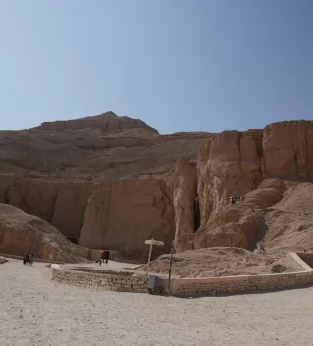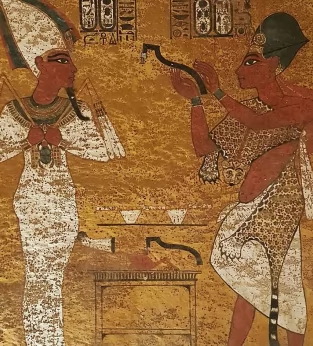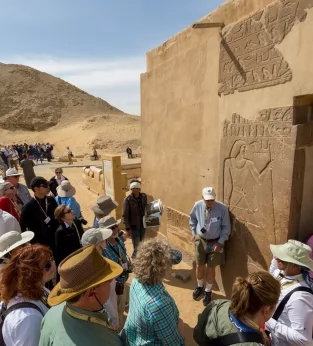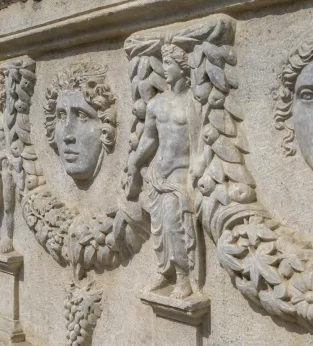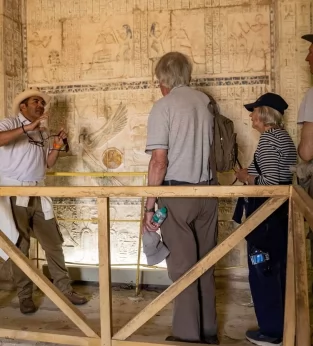Stay updated!
Beni Hasan is one of Egypt’s most remarkable archaeological sites near Minya city in Middle Egypt, renowned for its exquisite rock-cut tombs dating back to the Middle Kingdom. Nestled on the eastern bank of the Nile, an atypical location for a necropolis, Beni Hasan features inconspicuous entrances that conceal richly adorned interiors. More than 4,000 years old, these tombs are adorned with vibrant polychromes that depict various aspects of ancient life, including scenes of gymnasts, military training, and even girls playing football, making Beni Hasan famous throughout Egypt.
The historical significance of the Beni Hasan tomb paintings lies in their ability to provide invaluable insights into ancient Egyptian society at a time when provincial rulers rose to prominence. The architectural diversity and artistic expressions within these tombs illustrate the era’s daily activities, cultural practices, and beliefs. Most of the hypogeas date from the XXII to XVIII centuries BCE, showcasing the evolving nature of funerary practices and the importance of local governance.
To fully appreciate the wonders of Beni Hasan in Egypt, we offer exclusive, high-end tours that bring the history of this intriguing site to life. With expert guides leading the way, visitors engage in immersive storytelling that enhances their understanding of the Beni Hasan tombs’ significance and the fascinating culture of ancient Egypt. Experience the breathtaking views over the Nile Valley and delve into the rich past of Beni Hasan, where each mural tells a story waiting to be discovered.
For those interested in exploring this rarely visited archaeological gem, our Egypt private tours or Nile cruise from Cairo to Luxor and Aswan are available. This unique cruise operates only once a year in early spring, providing a fantastic opportunity to delve into the wonders of Beni Hasan and experience the depth of ancient Egyptian civilization.
Experience Egypt with us! Book your Egypt tour package!
Photos of the Beni Hasan Tombs
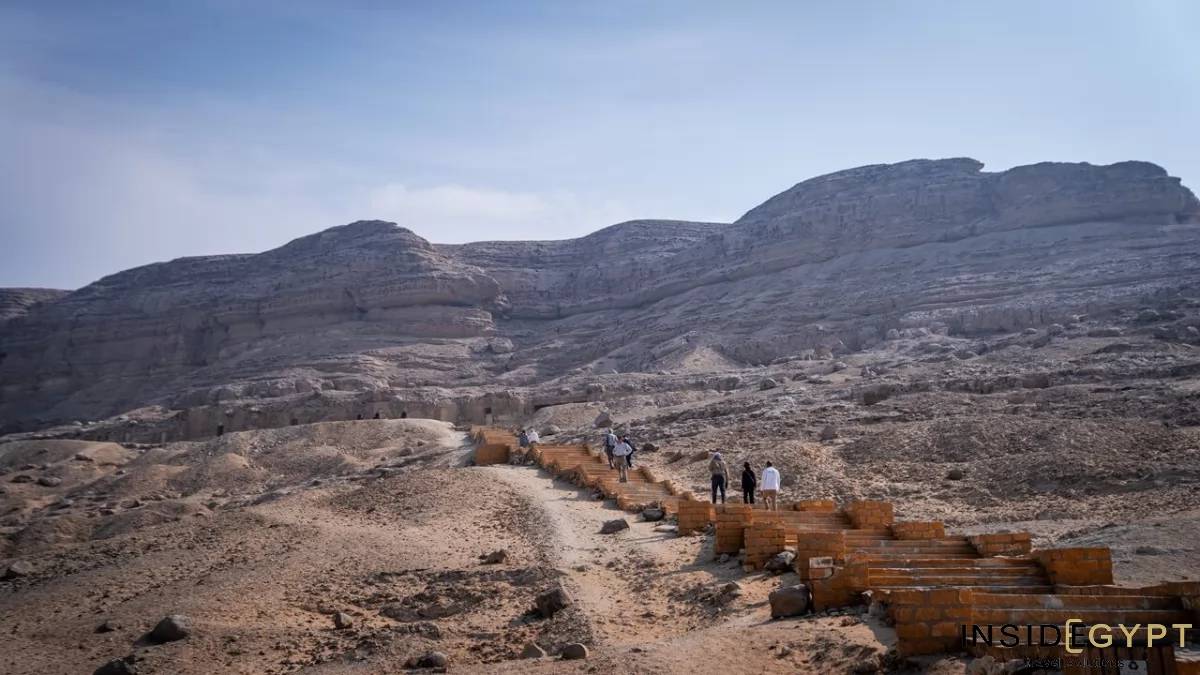
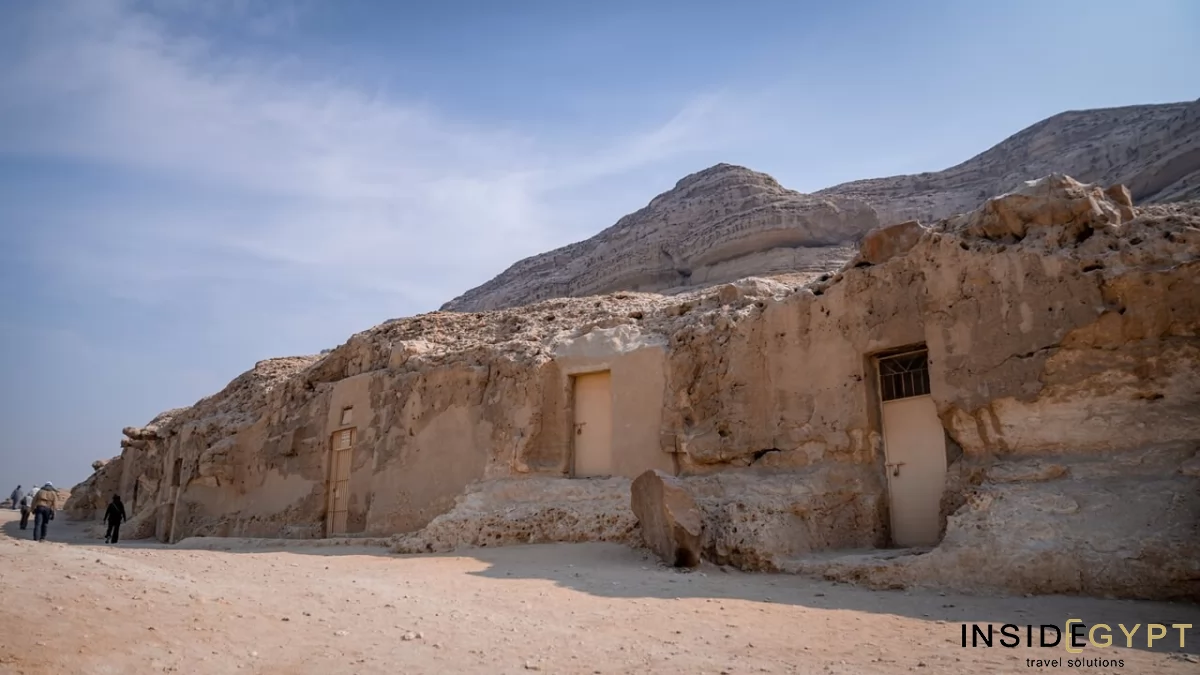

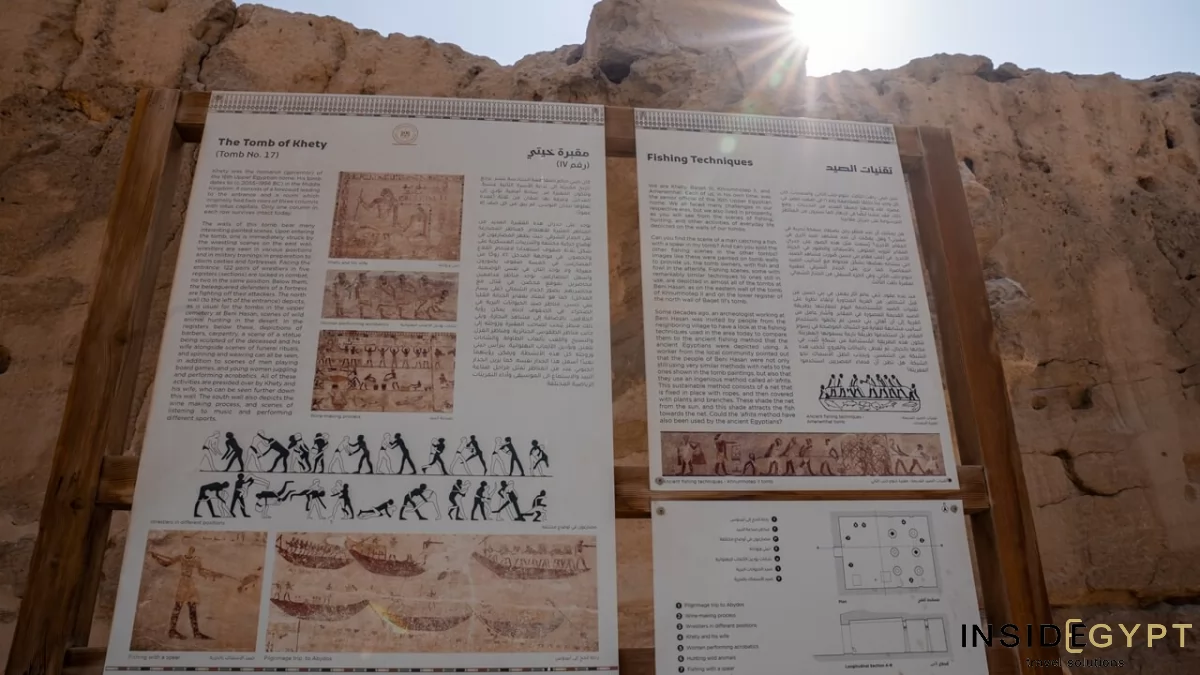
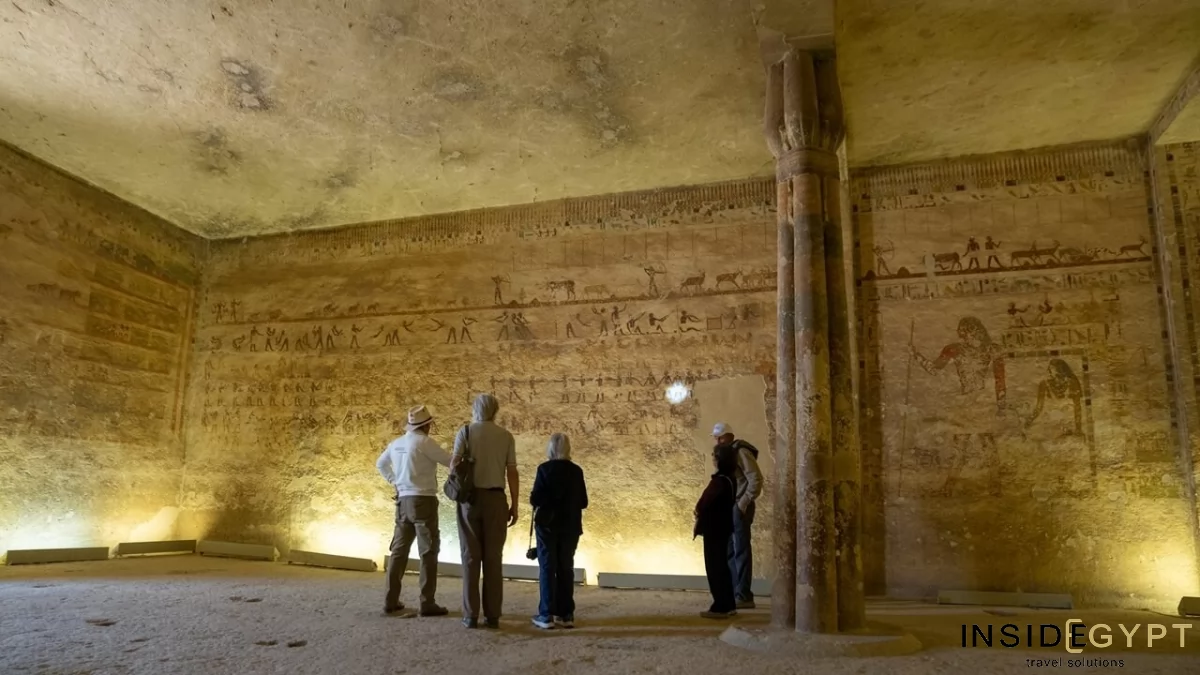
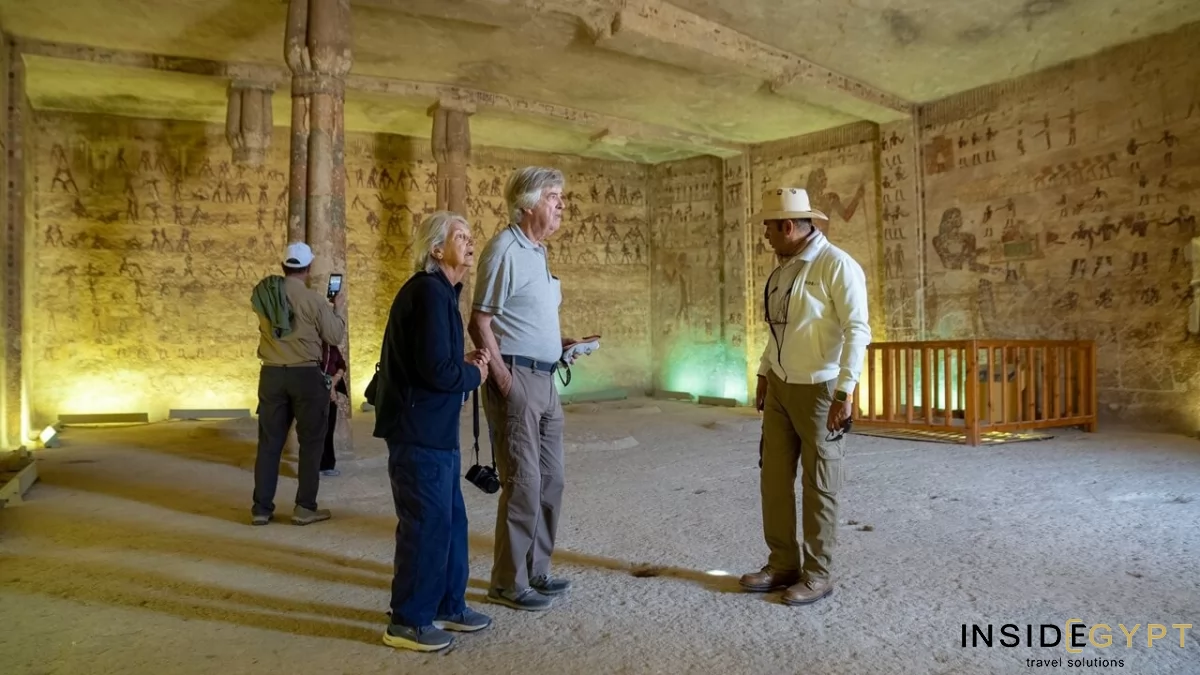
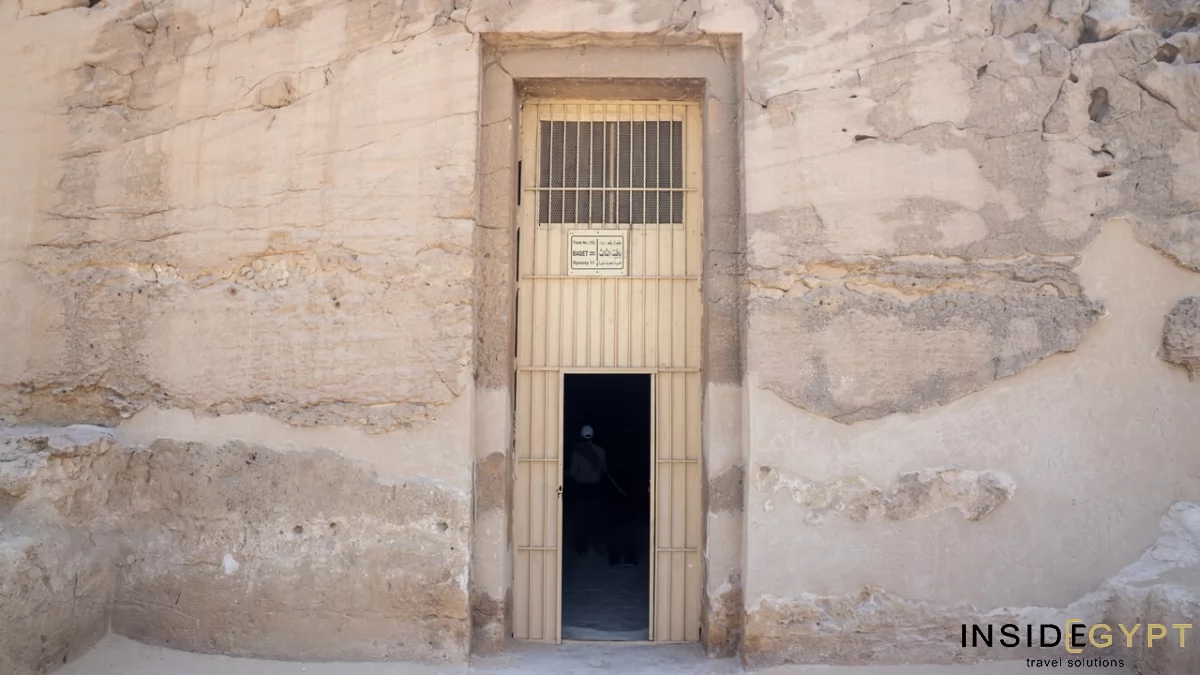
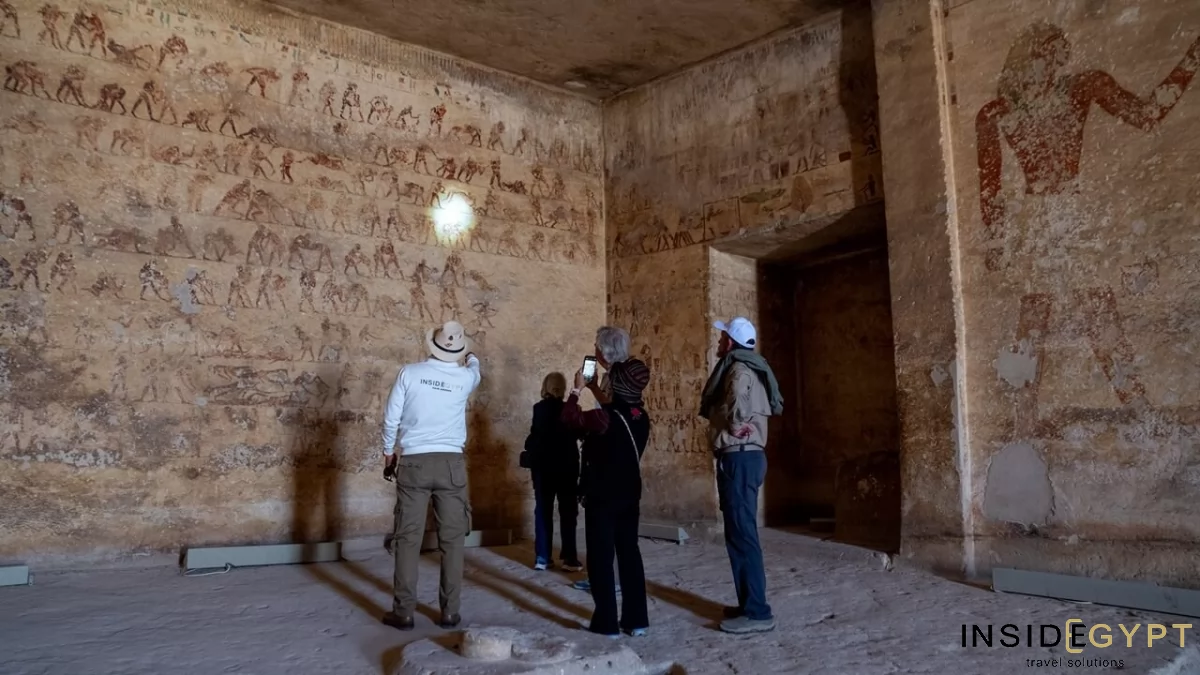
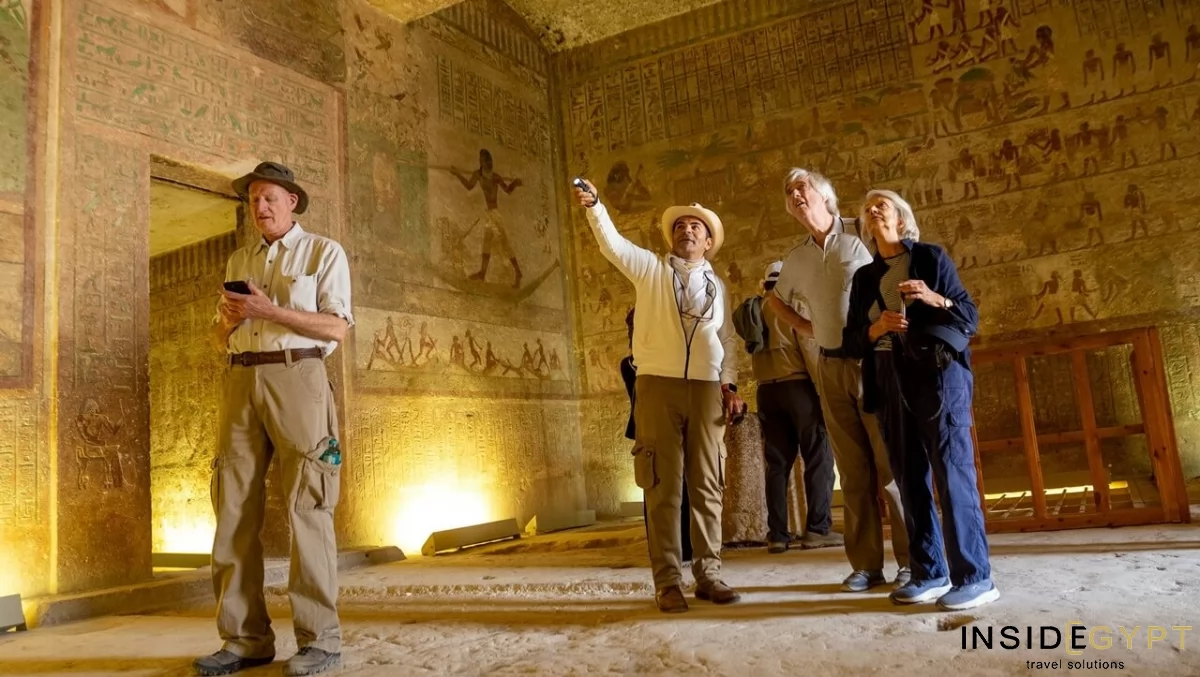
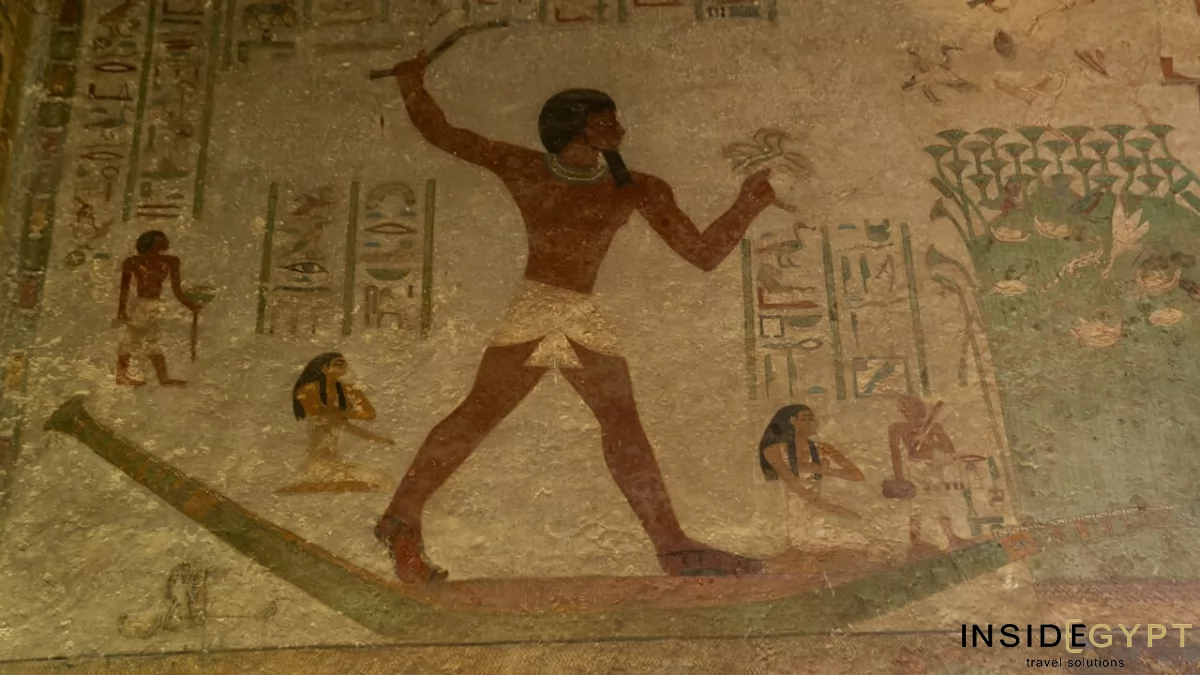
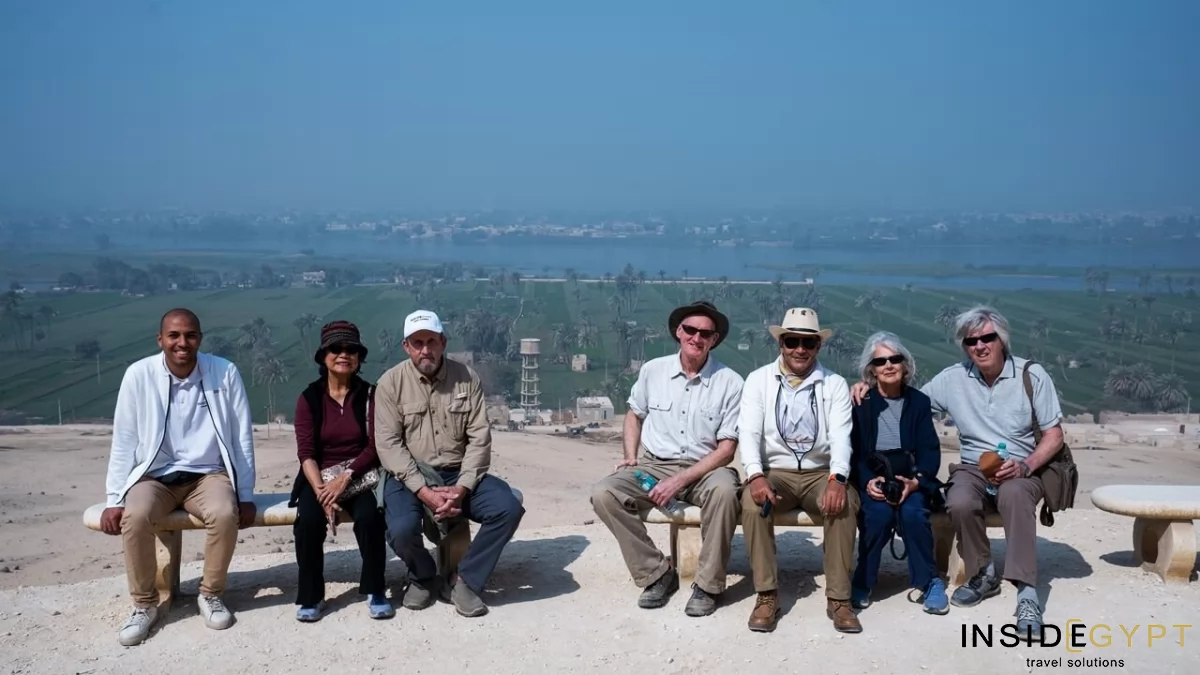
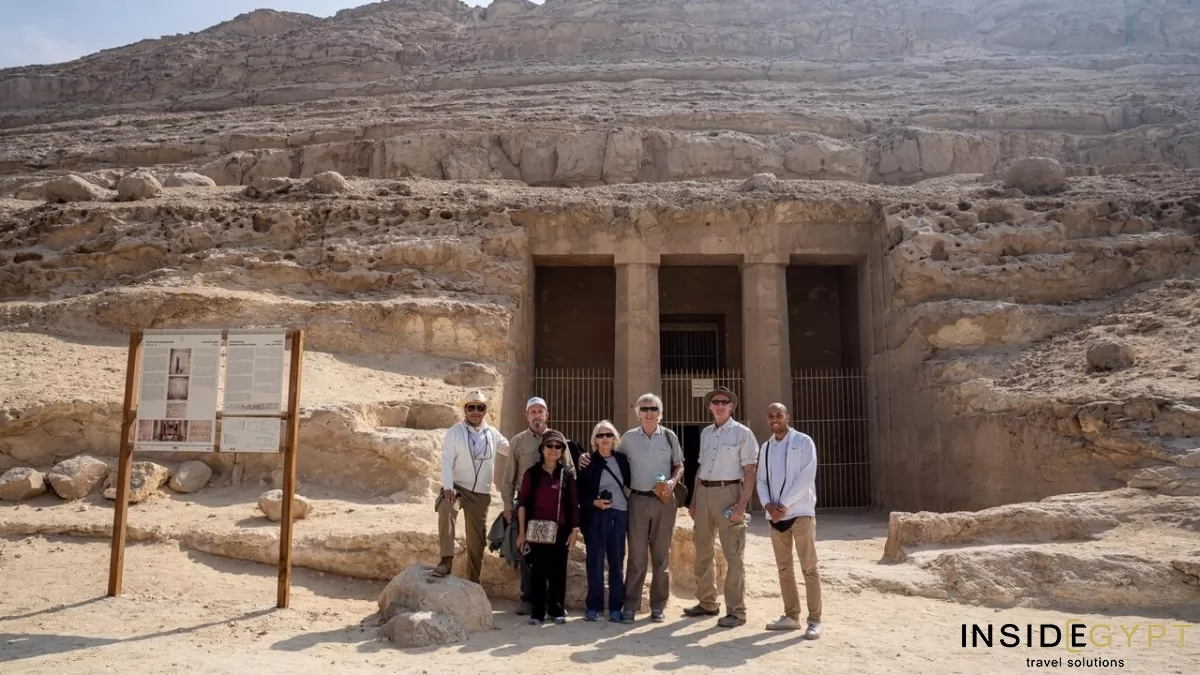
Discover Our Exclusive Egypt Tours
Tour Reviews
FAQ About Beni Hasan
What is the significance of the tombs of Beni Hasan?
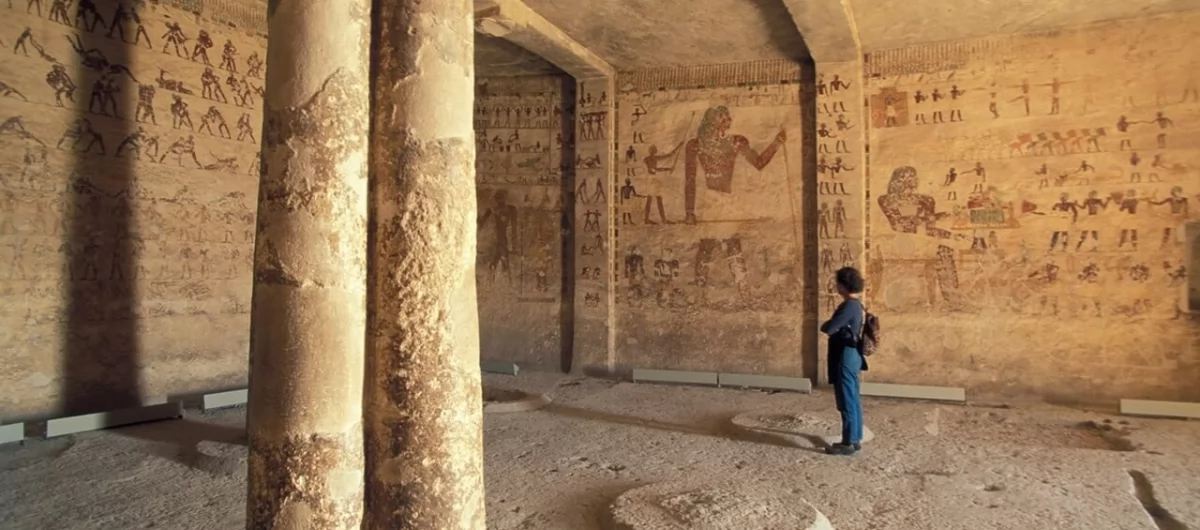
Beni Hasan served as a crucial necropolis for the provincial elite during Egypt's Middle Kingdom, approximately from 2000 to 1700 BCE. Unlike traditional necropolises that were typically situated on the western bank of the Nile, Beni Hasan is uniquely located on the eastern side, challenging the conventions of funerary architecture of that time. The inconspicuous entrances of these tombs lead to richly decorated interiors carved into the rock, which were designed to accommodate the burial needs of local rulers and high-ranking officials rather than the pharaohs themselves.
The tombs at Beni Hasan provide valuable insights into Egypt’s political and social structure during this pivotal era. Most of the rock-cut hypogeas date back to the periods of increased provincial authority, particularly during the XXII to XVIII dynasties, showcasing the growing importance of local governance. The presence of elaborate tombs belonging to governors such as Baqet and Khety reflects the decentralized nature of power, illuminating how regional rulers played essential roles in the state's stability and administration.
The detailed carvings and inscriptions within these tombs serve as remarkable historical records. The polychromos depict vivid scenes of daily life, including gymnasts, wrestlers, and even girls playing football, offering a rare glimpse into leisure activities and social customs of the time. Funeral rituals, boat processions, and scenes illustrating the bringing of gifts to the deceased are also prominently displayed, highlighting the cultural significance of these practices.
Overall, Beni Hasan is an essential site for understanding ancient Egypt's past. Its distinctive architecture and rich artistic expressions provide a comprehensive view of the provincial elite's roles and lives within the broader context of Egyptian society.
Why are the Beni Hasan tomb paintings special?
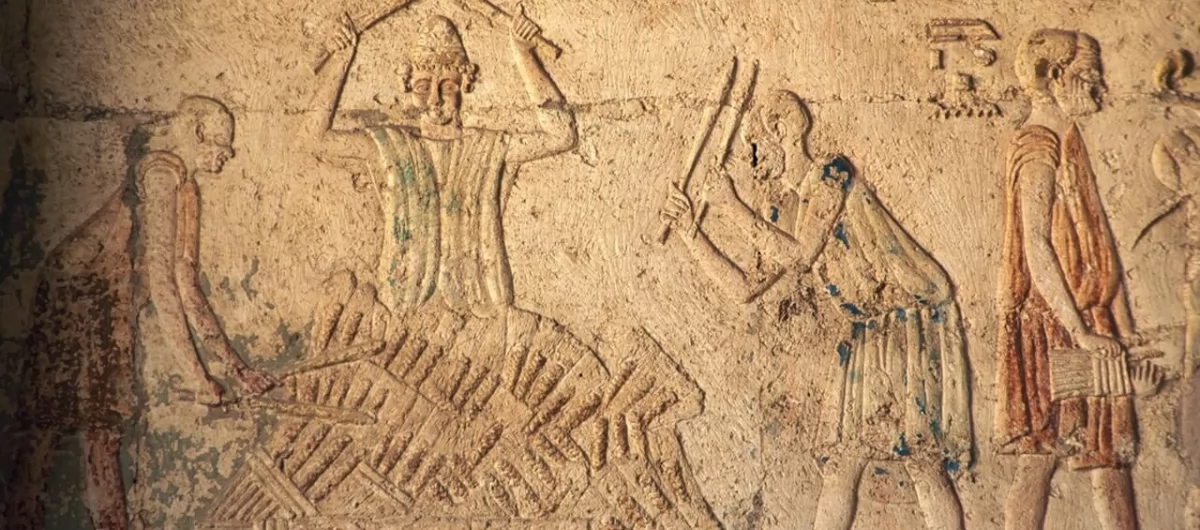
The Beni Hasan tomb paintings are special due to their exceptional preservation and rich storytelling. They offer a vivid glimpse into the lives and activities of the ancient Egyptians. Unlike many other archaeological sites, the murals in Beni Hasan have retained their vibrancy and detail, allowing modern visitors to appreciate the artistry and cultural significance of the Middle Kingdom.
Out of 39 hypogeas, only 12 are decorated, and up to four can be entered.
One of the unique features of the Beni Hasan tomb paintings is the rare depiction of physical activities such as wrestling, archery, and military training. These scenes provide valuable insights into the training and skills important to the ancient Egyptian elite. Additionally, the murals portray scenes of trade with foreign lands, highlighting the economic interactions and diplomatic relations that expanded the reach of Middle Egypt beyond its borders.
The artistic style of the Middle Kingdom is evident in these tomb paintings, characterized by the use of vibrant colors and intricate detail. The artists employed a range of pigments to create dynamic, lifelike representations, which set Beni Hasan's tombs apart from other sites. The careful composition and attention to detail reflect the artistic talent of the time and narrate the stories and achievements of the individuals interred within these tombs.
The Beni Hasan tomb paintings stand as remarkable examples of ancient Egyptian art, offering both aesthetic pleasure and historical insight into the society and culture of the Middle Kingdom.
How does Beni Hasan compare to other archaeological sites in Egypt?
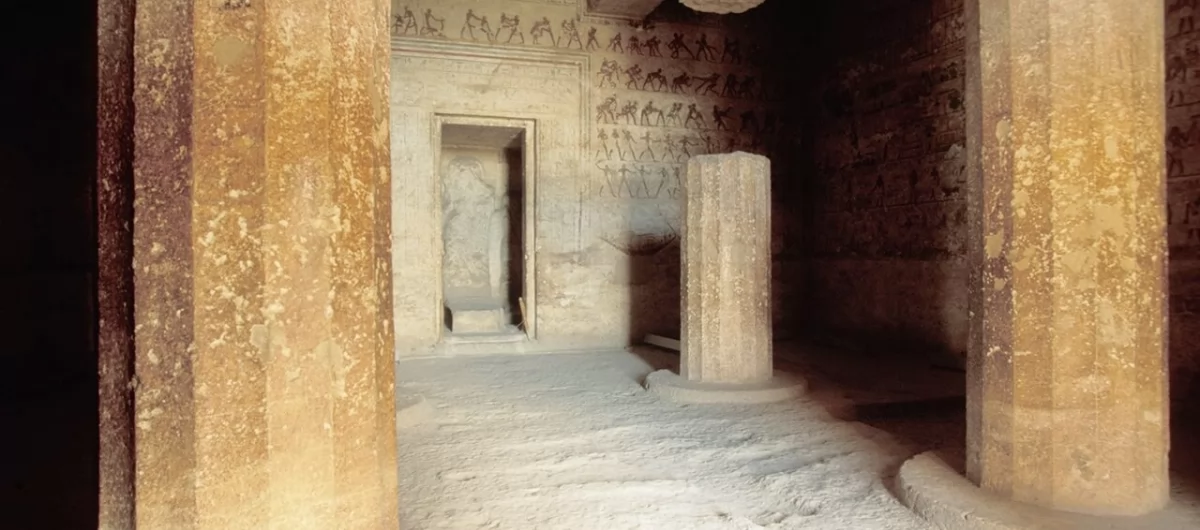
Beni Hasan stands out among Egypt's archaeological sites, particularly when compared to more famous necropolises like the Valley of the Kings and Saqqara. While the Valley of the Kings is renowned for its royal tombs and lavish burial practices tailored for the pharaohs, and Saqqara showcases the evolution of pyramid construction, Beni Hasan of Egypt offers a distinct perspective rooted in Middle Kingdom heritage and provincial governance.
The Beni Hasan tombs exhibit a unique architectural style characterized by rock-cut designs and elaborate facades, setting them apart from the grand pyramids of Saqqara or the elaborate burial chambers in the Valley of the Kings. These tombs are imbued with intricate murals that provide a more intimate glimpse into the lives of Egypt's regional rulers. They portray scenes of daily activities, rituals, and communal life that reveal the social fabric of Middle Egypt.
Visiting Beni Hasan is essential for travelers interested in exploring Egypt's lesser-known, yet equally captivating historical sites. Unlike the often crowded tourist hotspots, Beni Hasan offers a more tranquil setting, where visitors can appreciate the artistry of its tombs and the significance of its role in understanding ancient Egyptian society. The site's focus on provincial governance highlights the complexity of Egypt during the Middle Kingdom, making it a must-visit for those seeking a deeper connection to the ancient past.
Where are the Beni Hasan Tombs located?
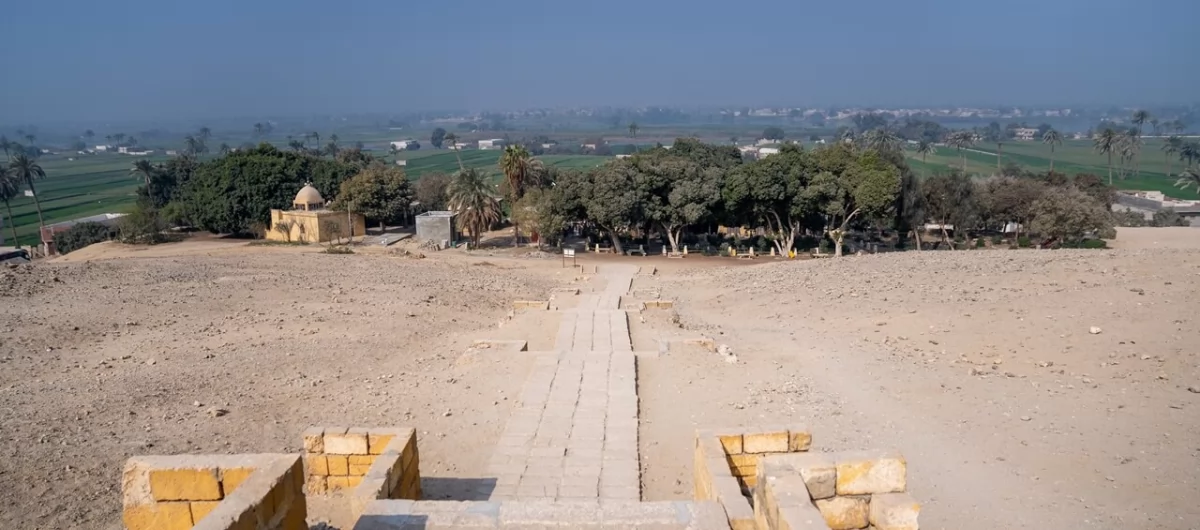
The Beni Hasan tombs are an ancient Egyptian cemetery located approximately 20 kilometers (12 miles) south of modern-day Minya in Middle Egypt. Beni Hassan is unique among Egypt's necropolises because, contrary to tradition, it was constructed on the eastern bank of the Nile. Typically, tombs were located on the west side of the river, symbolizing the afterlife. At the same time temples were built on the east side, where the sun rises, representing the renewal of daily life. The Beni Hasan tombs serve as an intriguing exception to this customary practice.
The hilltop, above the slope where the tombs are carved, offers an excellent vantage point overlooking the Nile Valley.
The tomb's proximity to other historical sites amplifies its appeal for exploration. Just a short journey away lies the ruins of Hermopolis Magna, an ancient city dedicated to Thoth, the god of wisdom, and Tuna el-Gebel, known for its catacombs and sacred ibis burial sites. Together, these sites create a rich archaeological itinerary, making the Beni Hasan tombs an ideal stop for anyone looking to delve deeper into Egypt's storied past and the complexities of its burial customs.
Are all of the areas of Beni Hasan accessible?
The Beni Hasan cemetery, a significant archaeological site in Middle Egypt, feature a necropolis containing 39 ancient tombs. However only four are currently open to visitors: Baqet (BH 15), Khety (BH 17), Amenemhat (BH 2), and Khnumhotep II (BH 3). While those interested in the unique burial practices of ancient Egypt can explore these notable tombs, access to other areas may require special permits.
Visitors to the tombs of Beni Hasan in Egypt should be prepared for a steep climb. The ascent can be physically demanding, so appropriate footwear is crucial. Those with mobility concerns should consider their fitness level when planning their visit. Comfortable shoes with good traction are recommended to navigate the uneven terrain effectively.
Conservation efforts at the Beni Hasan site may also affect accessibility. As preservation initiatives are undertaken to protect the unique art and architecture of the tombs, certain areas may be temporarily closed or restricted to ensure their longevity. Vsitors need to check in advance for any updates regarding site access and conservation measures. While many of the Beni Hasan tombs can be visited, planning ahead and being aware of the physical demands and conservation efforts will enhance the experience for those exploring this fascinating ancient cemetery.
How do I visit Beni Hasan?
Visiting Beni Hasan necropolis requires some planning as it lies off the typical tourist trail, and regular group tours to this site are quite rare. Several transportation options are available from Cairo and other major cities to reach the tombs of Beni Hasan.
Booking a private transfer to Minya is one convenient option for those traveling from Cairo. This allows flexibility in your schedule and the opportunity to explore at your own pace. Alternatively, you can take a train to Minya - a comfortable way to enjoy the scenic views along the Nile. Once in Minya, private transportation is usually required to reach the Beni Hasan archaeological site.
Inside Egypt offers exclusive tours that simplify the visiting process. These private tours include expert guides who provide in-depth knowledge, curated itineraries that maximize your experience, and seamless logistics to ensure a smooth journey. Inside Egypt also organizes a special long Nile cruise from Cairo to Luxor and Aswan once a year in early spring, enabling visitors to explore not only Beni Hasan but also other hidden archaeological gems such as Tuna el-Gebel, Tell el-Amarna, Abydos, and Dendera. This unique opportunity enhances the richness of your visit, allowing for a comprehensive understanding of Middle Egypt's ancient history. Booking with Inside Egypt can elevate your exploration of the tombs of Beni Hasan and the enchanting sites that surround it.
What People Say About Our Beni Hasan Tomb Tours
Travelers who explored Beni Hasan with Inside Egypt during their long Nile cruise from Cairo to Aswan have shared remarkable experiences that highlight the site's ancient wonders, exceptional guides, and the comfort of their exclusive tours.
"Visiting Beni Hasan during our Nile cruise was a truly eye-opening experience! The tombs' stunning polychromes were far more impressive than I had anticipated. Our guide skillfully explained the significance of the murals, including the unique depiction of girls playing football and scenes of military training. The comfort of our tour made exploring this hidden gem all the more enjoyable!"
"Beni Hasan was a highlight of our cruise from Cairo to Aswan! Standing on the hill overlooking the Nile Valley was breathtaking, and the tombs’ intricate carvings took my breath away. With the guidance of our knowledgeable tour leader from Inside Egypt, I learned so much about the architects who designed these richly adorned tombs. This site is an absolute must-see for anyone looking to connect deeply with Egypt's history."
"Our visit to Beni Hasan was a memorable experience that perfectly complemented our long Nile cruise. The unique setting on the eastern bank of the Nile and the preserved artworks in the tombs provided amazing insights into ancient Egyptian life. Inside Egypt’s exclusive tours allowed us to dive into the stories behind the artistry and enjoy a more intimate exploration. I can’t recommend this site enough!"
